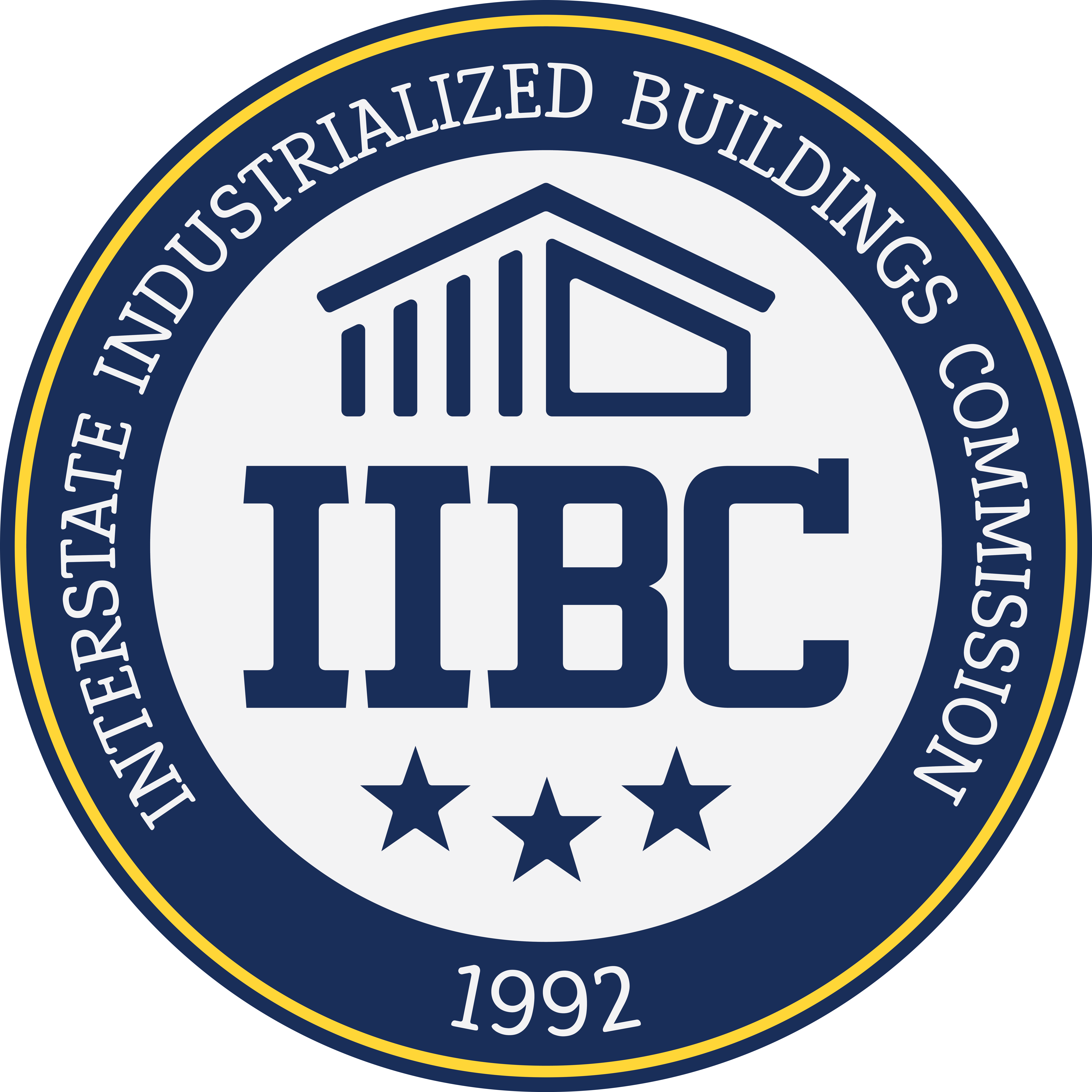Rhode Island has withdrawn from the Compact effective May 28, 2024, and will now independently regulate industrialized buildings within its jurisdiction. Interested parties should contact Rhode Island directly regarding new or existing buildings as the Commission does not have any additional information at this time.
Kevin Egilmez
North Dakota Administrative Rules Committee has approved the adoption of the 2023 Laws, Rules, and Wiring Standards which includes the adoption of the 2023 National Electrical Code. The effective date is July 1, 2024.
On September 6, 2022, NJ adopted with amendments the 2021 editions of the IBC, IRC, IECC, IMC, NSPC and IFGC, and the 2020 edition of the NEC, to update the above-referenced subcodes of the UCC. For additional information, visit NJ Department of Community Affairs, Division of Codes and Standards website.
RI Building Code Commission has adopted 2018 editions of IBC, IRC, IPC, IMC, IFGC, IECC and 2020 edition of NEC. The new codes will take effect February 1, 2022.
RI Fire Safety Code Board of Appeal and Review adopted the 2018 editions of NFPA 1 Fire Code and NFPA 101 Life Safety Code, 2019 edition of NFPA 72 Fire Alarm Code. The new codes took effect on July 1, 2021.
Anticipated effective date of new Minnesota plumbing code is late 2021
The Minnesota Plumbing Board anticipates publishing the Notice of Adoption for the amendments to the Plumbing Code, which incorporates by reference the 2018 Uniform Plumbing Code, in March 2021.
Minnesota statutes require a 270-day delay between publication of the rule’s Notice of Adoption in the State Register and the effective date of the rule. This allows time to publish the code book and provide training. As a result, the anticipated effective date will be sometime in late 2021. The current Plumbing Code will remain in effect until the new rule’s effective date.
The amendments to the Minnesota Plumbing Code, Chapter 4714, and periodic updates are available on the board’s rulemaking docket here.
ND State Electrical Board administrative rules were approved on September 15th and went into effect October 1st. The effective date of 2020 NEC and the ND Wiring Standards will be January 1, 2021. The standards are available at NDSEB.com under “Laws & Rules”.
ND State Plumbing Board adopted the 2018 edition of the IAPMO Uniform Plumbing Code effective April 1, 2020. The standards are available at NDPlumbingBoard.com under “Laws & Rules”.
MN Code adoptions
On Tuesday March 31, 2020, six new Minnesota construction codes are scheduled to take effect. Although this adoption is occurring during the COVID-19 pandemic, the construction industry has been fully engaged in the process of developing changes to the new codes over the past two years and are anticipating their implementation. The department’s spring training educational seminars will be provided in an online format in the coming weeks.
New codes effective March 31, 2020 with the exception of the Mechanical Code that takes effect on April 6, 2020.
The following codes have been approved for adoption:
- 2020 Minnesota Conservation Code for Existing Buildings
- 2020 Minnesota Residential Code
- 2020 Minnesota Building Code
- 2020 Minnesota Energy Code (Note: The 2015 Minnesota Residential Energy Code remains in effect.)
- 2020 Minnesota Accessibility Code
- 2020 Minnesota Mechanical/Fuel Gas Code – Effective April 6, 2020
- 2020 Minnesota State Fire Code
MN Department of Labor and Industry (DLI) continues to submit the 2018 I-Codes, with amendments, for review by the Office of Administrative Hearings (OAH).
The following 2018 I-codes have been approved for adoption:
• International Building Code,
• International Residential Code,
• International Existing Building Code,
• commercial provisions of the International Energy Conservation Code, and
• International Fire Code.
Updates to the administrative provisions of the Minnesota State Building Code and the Minnesota Accessibility Code have also been approved. DLI will submit for approval the adoption of the 2018 editions of the International Mechanical Code and International Fuel Gas Code, with amendments, and an update to the code for elevators and related devices.
All I-codes with amendments will be effective March 31, 2020.
New Jersey adopted the 2018 editions of the IBC, IRC, IMC, IFGC, IECC, NSPC and the 2017 edition of the NEC with amendments effective September 3, 2019. Visit NJ DCA website (www.nj.gov/dca/divisions/codes/codreg/) for additional information.
Rhode Island adopted the 2015 editions of the IBC, IRC, IPC, IMC, IECC and the 2017 edition of the NEC with amendments effective August 1, 2019. Visit RI Building Code Commission website (www.ribcc.ri.gov) for additional information.
Under the State Uniform Construction Code (UCC) Act, the Commissioner of the Department of Community Affairs is charged with adopting model codes as part of the Uniform Construction Code (UCC). In order to implement the most recent published technical standards, the Department proposes the 2018 editions of the IBC, IRC, IMC, IFGC, IECC, and NSPC, and the 2017 edition of the National Electrical Code (NEC) to update the above referenced subcodes of the UCC with amendments. These proposed amendments reflect the changes to the IBC/2018, IRC/2018, IMC/2018, IFGC/2018, IECC/2018, NSPC/2018, and NEC/2017 that modify the codes to align with New Jersey conditions and law.
For additional information visit www.nj.gov/dca/divisions/codes/codreg/pdf_rule_proposals/2018_code_prop.pdf
